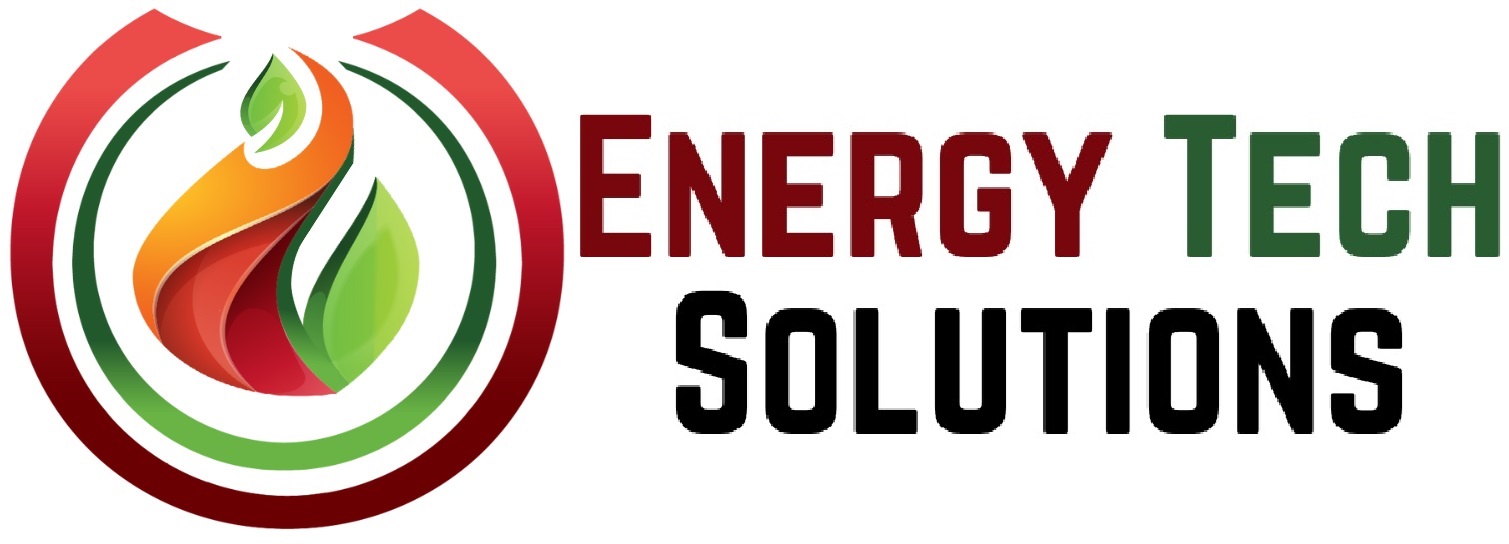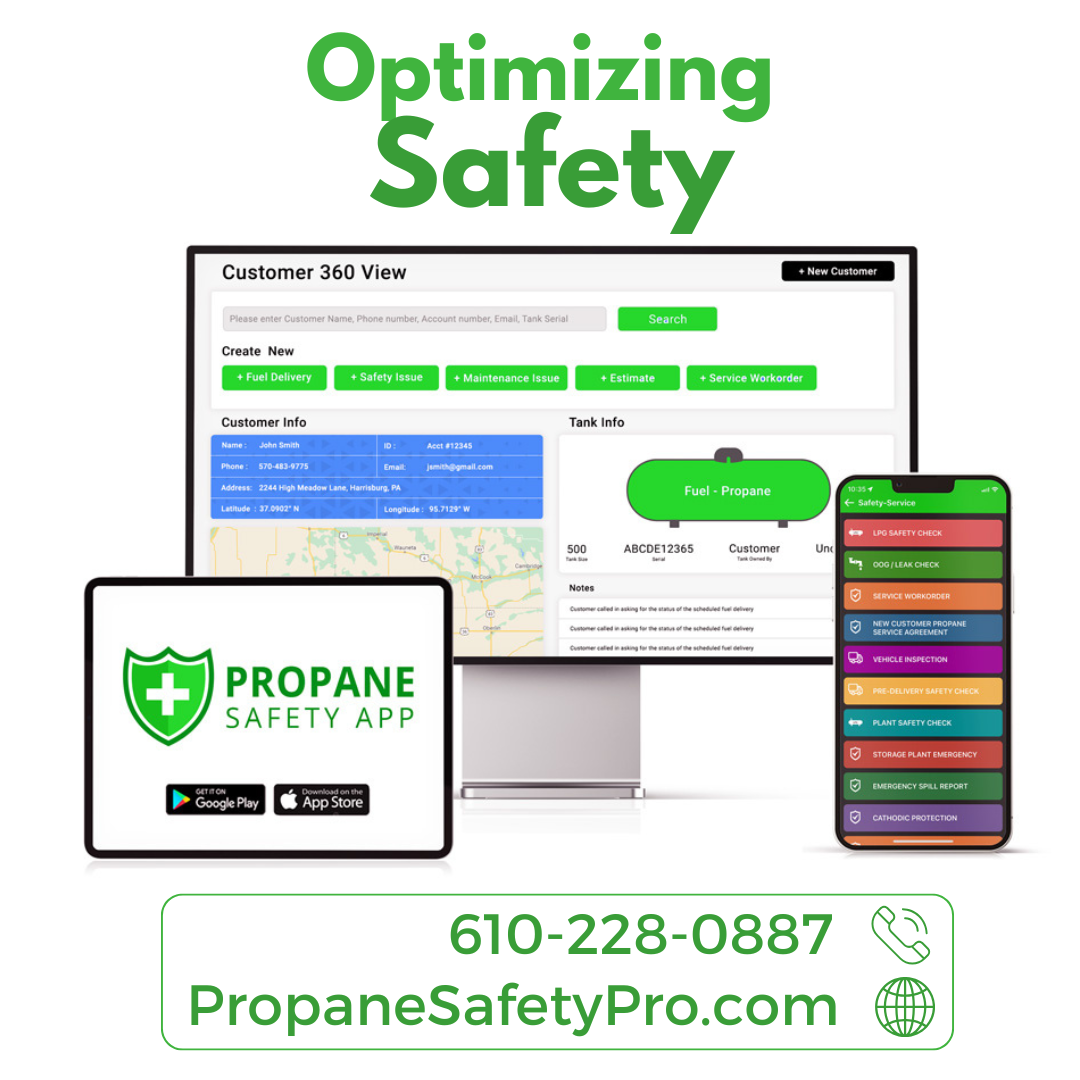The Professional Puzzle of Problem Solvers

In the intricate realm of professional dynamics, individuals often don various hats – playing the decision-maker, mentor, or seeking guidance. Extensive research has uncovered five distinct problem solver profiles (PSP), shedding light on how people tackle challenges.
Problem Solver Profiles:
1. Instinctive Navigators: Swift decision-makers, occasionally sidelining evidence and opposing perspectives.
2. Data Detectives: Fact-driven decision-makers, occasionally neglecting the human aspect.
3. Collaborative Listeners: Prefer input from others, navigating challenges amid external opinions.
4. Exploratory Thinkers: Thrive on exploring multiple paths, grappling with timely decisions.
5. Innovative Visionaries: Identify unconventional pathways, potentially avoiding effective solutions.
Each profile brings unique strengths and cognitive blind spots, influencing individuals in professional challenges. However, a pivotal factor shaping decisions is “situationality” – a blend of external and internal factors defining circumstances.
Situationality in Decision-Making
Situationality isn’t inherently positive or negative; it’s the lens through which individuals perceive a context. Adapting means leaning into collaborative listening at the outset and embracing an exploratory thinker approach once familiar. However, like any tool, situationality poses challenges if not used wisely.
Navigating Through Situational Challenges
To unravel predicaments, use a structured set of questions:
1. Define the Problem: Acknowledge the breakdown and potential impact.
2. Assess Location and Team Dynamics: Consider the work environment and team dynamics affecting communication.
3. Consider Career Stage: Reflect on career stage influencing decision-making.
4. Adopt Others’ Perspectives: Recognize diverse perspectives in decision-making.
5. Scrutinize Decision Ownership: Evaluate decision ownership and its significance.
6. Connect Situationality to Problem-Solving Profile: Reflect on aligning situations with problem solver profiles.
7. Examine Assumptions: Question assumptions influencing decisions.
8. Recognize How Each Profile Can Help: Leverage strengths associated with the dominant profile.
Scrutinizing situations helps with unveiling biases, understanding nuances, and refining decision-making. The outcome is an empowered approach emphasizing collaboration, effective communication, and thoughtful decisions. In the intricate landscape of decision-making in the business world, acknowledging situationality enables navigating complexities with resilience and clarity.










